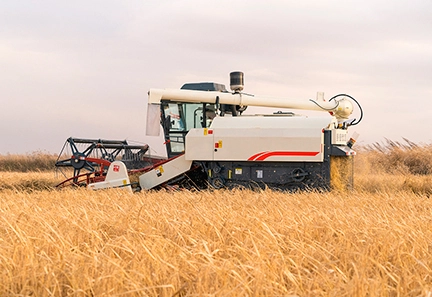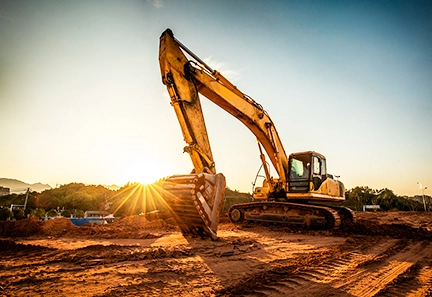In the intricate dance of hydraulic machinery, where pressures can surge unpredictably, the role of direct acting relief valves is nothing short of critical. These unassuming yet powerful components stand as guardians, ensuring the safety and optimal performance of hydraulic systems. Let's delve into the intricacies of how direct acting relief valves safeguard hydraulic machinery with precision and reliability.
At the heart of hydraulic systems lies the constant challenge of managing pressures. Excessive pressure can pose a threat to both the machinery and the safety of operators. Direct acting relief valves emerge as sentinels against such risks. These valves are designed to regulate pressure within hydraulic circuits, preventing it from exceeding predetermined levels. This primary function is paramount in safeguarding hydraulic machinery from potential damage due to overpressure situations.
The direct acting nature of these relief valves ensures an immediate response to pressure surges. In scenarios where hydraulic systems experience sudden spikes in pressure, the valves act swiftly to open and redirect excess fluid, relieving the system from the strain of elevated pressures. This rapid response is crucial in averting catastrophic failures and protecting the integrity of hydraulic components.
Safety in hydraulic machinery goes hand in hand with the proper functioning of direct acting relief valves. These valves act as fail-safes, providing a protective barrier against unforeseen circumstances such as pump failure, system malfunctions, or sudden load changes. By preventing pressure build-ups, they contribute significantly to maintaining operational safety, protecting both equipment and personnel from potential hazards.
The consistent regulation of pressure through direct acting relief valves contributes to the longevity of hydraulic machinery. Over time, exposure to excessive pressures can lead to wear and tear, compromising the integrity of seals, hoses, and other components. By maintaining pressures within specified limits, relief valves play a pivotal role in preserving the overall health and lifespan of hydraulic systems, reducing the frequency of maintenance and ensuring sustained operational efficiency.
Direct acting relief valves offer a level of customization that aligns with the specific needs of different hydraulic applications. The ability to adjust pressure settings ensures that these valves can be finely tuned to match the requirements of diverse machinery and systems. This tailored precision enhances their effectiveness in safeguarding hydraulic equipment across various industries, from manufacturing and construction to aerospace and beyond.
The seamless integration of this kind of hydraulic relief valve cartridge within hydraulic circuits adds an extra layer of reliability to their safeguarding capabilities. These valves become integral components of the hydraulic system's design, strategically placed to monitor and control pressure at critical points. This integration ensures that the valves operate harmoniously with the overall hydraulic architecture, offering comprehensive protection to the entire machinery.
Beyond protecting machinery and operators, direct acting relief valves also play a role in ensuring environmental safety. Hydraulic leaks resulting from overpressure situations can lead to fluid spills, posing environmental risks. By preventing such pressure-induced failures, relief valves contribute to maintaining the ecological integrity of hydraulic systems, aligning with modern sustainability and environmental standards.
In conclusion, direct acting relief valves stand as unwavering guardians of hydraulic machinery. Their ability to regulate pressure, respond swiftly to surges, optimize safety, preserve equipment longevity, offer tailored precision, integrate seamlessly with hydraulic circuits, and contribute to environmental safety makes them indispensable components in the world of hydraulic systems. As technology advances and industries evolve, these valves continue to play a pivotal role in safeguarding the integrity and functionality of hydraulic machinery, ensuring a secure and efficient operational landscape.


